1. Understanding the Purpose of a Landing Page
A landing page is a standalone web page designed for a specific marketing campaign. Unlike traditional website pages, landing pages have a singular focus: converting visitors into leads or customers.
Successful landing pages typically:
- Have a clear, compelling headline
- Use persuasive copywriting techniques
- Feature a strong call-to-action (CTA)
- Minimize distractions to maintain user focus
- Present a clearly defined value proposition
- Deliver a seamless user experience
Differences Between Landing Pages and Standard Web Pages
| Feature | Landing Page | Standard Website Page |
|---|---|---|
| Purpose | Single conversion goal | Multiple objectives |
| Navigation | Limited or none | Full site navigation |
| Content Focus | Specific offer | Broader information |
| Design Elements | Conversion-oriented | Brand-oriented |
| Success Metrics | Conversion rate | Page views, time on page |
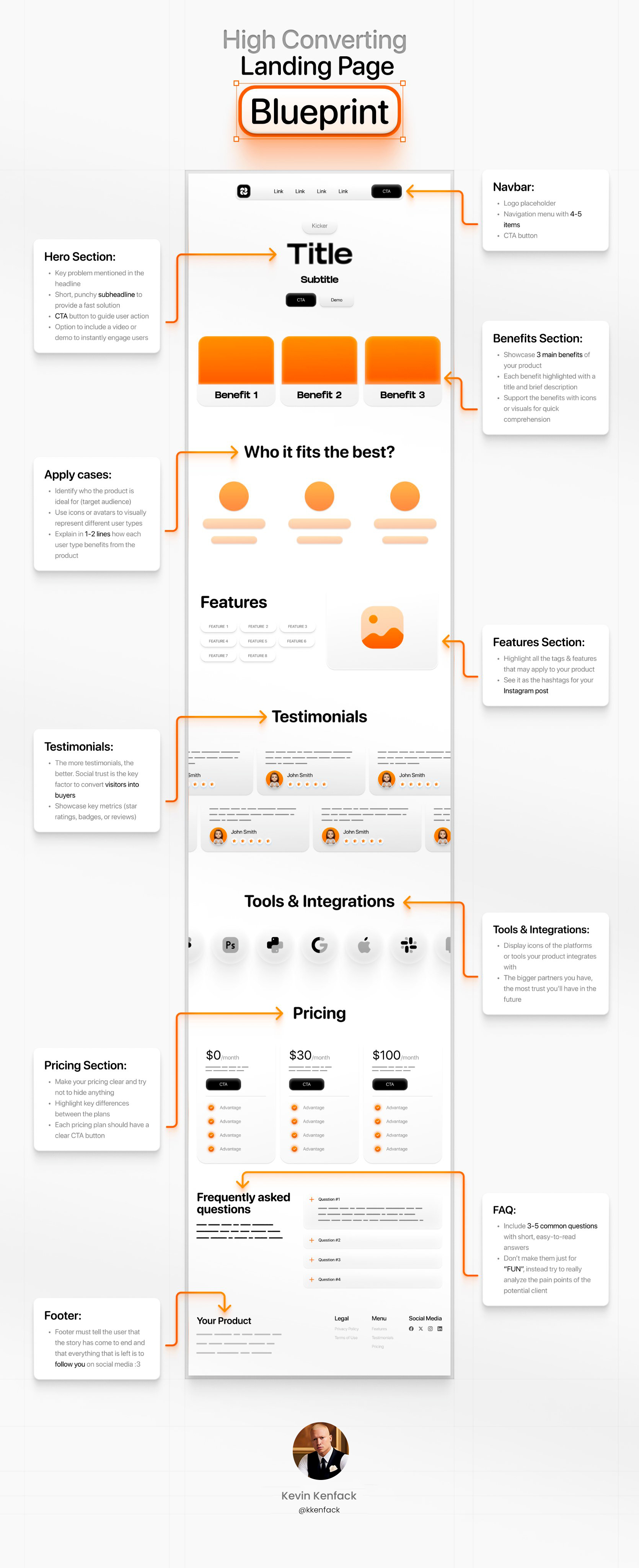
2. The Essential Structure of a High-Converting Landing Page
To optimize conversions, your landing page should include these critical elements strategically arranged to guide visitors toward your desired action.
1. Attention-Grabbing Headline
Your headline should immediately communicate the value proposition. It needs to be clear, concise, and enticing. The ideal headline addresses the visitor's problem or desire directly.
Example: "Boost Your Conversions by 200% with Our Proven Landing Page Formula"
Headline Best Practices:
- Keep it under 20 words
- Focus on benefits, not features
- Use action verbs when possible
- Consider using numbers or statistics for impact
- Create a sense of exclusivity or urgency

2. Persuasive Subheadline
A good subheadline provides additional context, reinforcing the main headline's message while elaborating on the value proposition. It should bridge the gap between the headline's promise and the detailed content that follows.
Subheadline Strategies:
- Expand on the headline's promise
- Address potential objections preemptively
- Highlight secondary benefits
- Use a conversational tone to build rapport
- Keep it concise (30-60 words)
3. Visual Appeal and Strategic Imagery
High-quality images, engaging videos, and branding consistency help build trust and improve engagement. The visual elements should support your message, not distract from it.
Types of Visuals That Convert:
- Hero Images: Showcase your product/service in action
- Contextual Images: Show the product being used in real-life situations
- Emotional Imagery: Connect with visitors on an emotional level
- Explanatory Graphics: Simplify complex concepts
- Before/After Comparisons: Demonstrate tangible results

4. Key Benefits Presentation
Focus on the advantages for the user. Bullet points work well to quickly convey value, but you can also use other formats like icons with short descriptions or a benefits-focused infographic.
Effective Benefit Presentation:
- Lead with the strongest benefits
- Quantify benefits when possible (e.g., "Save 5 hours per week")
- Address various user pain points
- Use benefit-focused subheadings
- Include both immediate and long-term benefits
5. Comprehensive Social Proof
Showcase testimonials, case studies, trust badges, or statistics to reinforce credibility. Social proof is one of the most powerful conversion elements because it leverages others' experiences to build trust.
Types of Social Proof to Include:
- Customer Testimonials: Real feedback from satisfied clients
- Case Studies: Detailed success stories with measurable results
- Trust Badges: Security certifications, industry awards, partner logos
- Usage Statistics: Number of users, customers served, etc.
- Media Mentions: Logos of publications that have featured your brand
- Social Media Proof: User-generated content or social share counts

6. Strong Call-to-Action (CTA)
Your CTA should be visually distinct and action-oriented. Phrases like "Get Started Now" or "Claim Your Free Trial" work well. The CTA should stand out from the rest of the page and create a sense of urgency or excitement.
CTA Optimization Techniques:
- Use contrasting colors that align with your brand
- Incorporate directional cues pointing toward the CTA
- Test button shape and size for maximum visibility
- Use first-person language ("Start My Free Trial" vs. "Start Your Free Trial")
- Add microcopy beneath the CTA to address hesitations
- Consider multiple CTAs for longer pages (but maintain the same message)
7. Minimal Form Fields
If your landing page requires a form, keep it short. Ask only for necessary information to reduce friction. Each additional field can decrease conversion rates significantly.
Form Optimization Strategies:
- Only request information you absolutely need at this stage
- Use inline validation to provide immediate feedback
- Consider multi-step forms for complex offerings
- Clearly explain why you need certain information
- Test field order and labels for better completion rates
- Add "optional" labels where appropriate
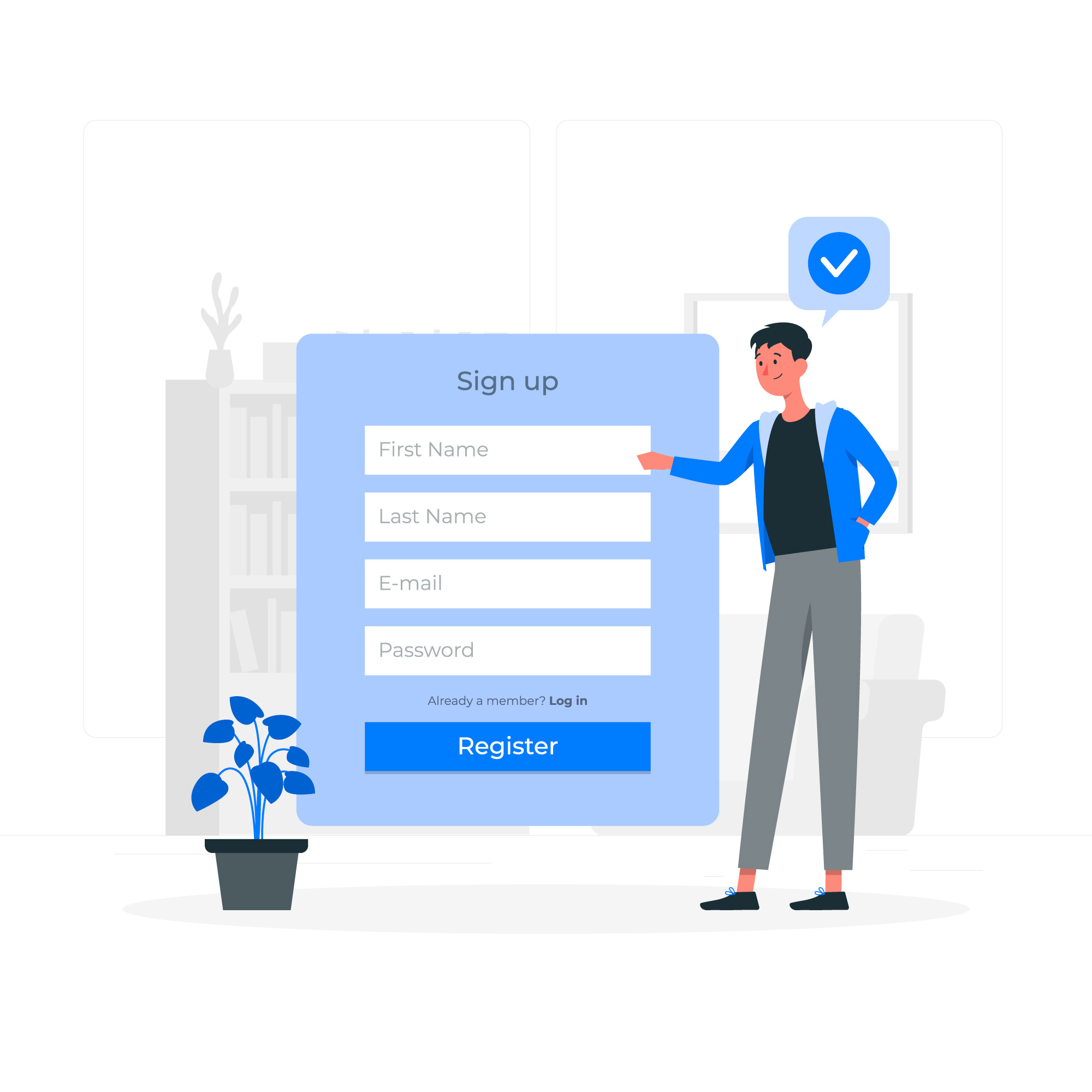
8. Addressing Objections and FAQs
Anticipate potential concerns and address them directly. A well-crafted FAQ section can alleviate doubt and provide the final push toward conversion.
Common Objections to Address:
- Price concerns ("Is it worth the investment?")
- Implementation difficulties ("Is it difficult to set up?")
- Time commitment ("How long will this take?")
- Results timeframe ("When will I see results?")
- Compatibility issues ("Will this work with my existing systems?")
3. The Psychology Behind Conversions
Understanding the psychological triggers that drive decision-making can significantly improve your landing page effectiveness.
1. Scarcity & Urgency
Creating a sense of urgency encourages visitors to act quickly. Phrases like "Limited Spots Available" or countdown timers can increase conversions by triggering fear of missing out (FOMO).
Implementing Scarcity Effectively:
- Use countdown timers for time-limited offers
- Display limited inventory notifications
- Highlight exclusive or limited-edition aspects
- Show real-time activity ("5 people viewing this right now")
- Create enrollment or registration periods

2. Social Proof & Authority
Show that others trust your brand. Use real testimonials, case studies, and endorsements. Leveraging the principle of social validation makes visitors more comfortable with their decision.
Advanced Social Proof Techniques:
- Feature industry experts or influencers
- Include video testimonials for greater impact
- Display real-time conversion notifications
- Share detailed customer success metrics
- Incorporate user-generated content
- Use comparative testimonials addressing specific pain points
3. Reciprocity
Offer something valuable for free (e.g., an ebook, discount, or consultation) to encourage visitors to take action. When people receive something of value, they feel naturally inclined to give something in return.
High-Value Reciprocity Offers:
- Industry reports or original research
- Interactive tools or calculators
- Templates or frameworks
- Free trials or samples
- Educational webinars or workshops
- Exclusive content libraries
4. Loss Aversion
People are more motivated to avoid losses than to achieve gains. Frame your offer in terms of what visitors might lose by not taking action.
Implementing Loss Aversion:
- Highlight opportunity costs of inaction
- Show what competitors' customers are gaining
- Emphasize limited-time offers that will disappear
- Use before/after scenarios to illustrate potential losses
- Calculate potential lost revenue or savings

5. Cognitive Ease and Familiarity
Make your landing page easy to process cognitively. Familiar layouts, clear information hierarchy, and consistent design elements reduce the mental effort required to understand your offer.
Creating Cognitive Ease:
- Use industry-standard layouts for key elements
- Maintain consistent branding with your main website
- Chunk information into digestible sections
- Use clear headings and subheadings
- Eliminate unnecessary decisions or choices
- Provide visual cues for information hierarchy
4. Optimizing for Speed and Mobile Users
Speed is essential when it comes to conversion rates. Studies show that a 1-second delay in page load time can decrease conversions by 7%. Learn more about technical optimizations in this guide on SEO performance.
Best practices for speed optimization:
- Use optimized images from sources like Unsplash
- Implement lazy loading for media
- Minimize code and leverage browser caching
- Use content delivery networks (CDNs)
- Prioritize above-the-fold content loading
- Consider AMP (Accelerated Mobile Pages) for certain campaigns
- Remove unnecessary plugins and scripts
- Optimize server response time

Mobile Optimization Techniques:
- Use a responsive design that adapts to different screen sizes
- Ensure buttons and forms are mobile-friendly (minimum touch target of 44×44 pixels)
- Test loading times on mobile devices
- Simplify navigation for mobile users
- Optimize images specifically for mobile viewing
- Use mobile-specific CTAs when appropriate
- Consider thumb-friendly placement of important elements
- Test on multiple devices and operating systems
Mobile-First Design Principles:
- Prioritize essential content for smaller screens
- Use collapsible sections for secondary information
- Implement single-column layouts for easy scrolling
- Optimize form fields for mobile input
- Ensure sufficient contrast for outdoor visibility
- Test font sizes for readability on small screens
- Use mobile-specific features (like click-to-call)
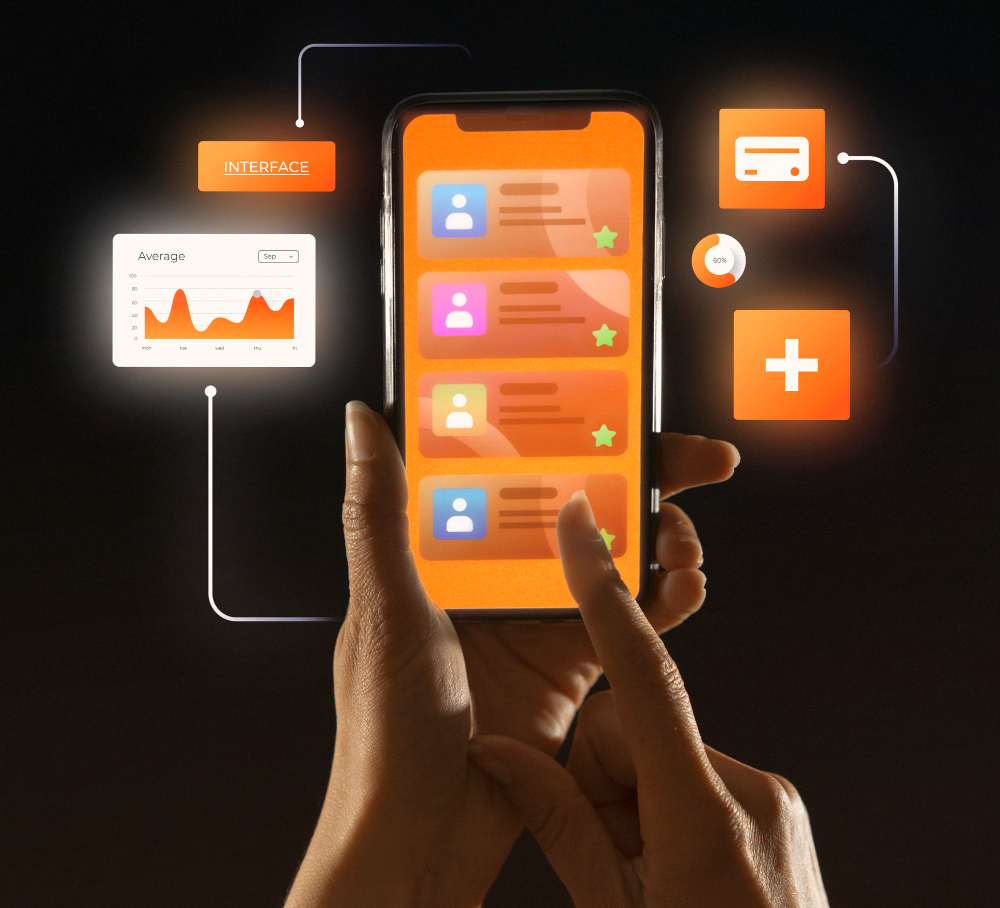
5. A/B Testing for Continuous Improvement
A/B testing is essential for refining your landing page. Test different elements systematically to identify the highest-converting combinations.
Elements to Test:
- Headlines and value propositions
- CTA colors, text, placement, and size
- Images and video content
- Form fields and layout
- Page layout and content structure
- Social proof placement and types
- Different benefits emphasis
- Overall design themes and color schemes
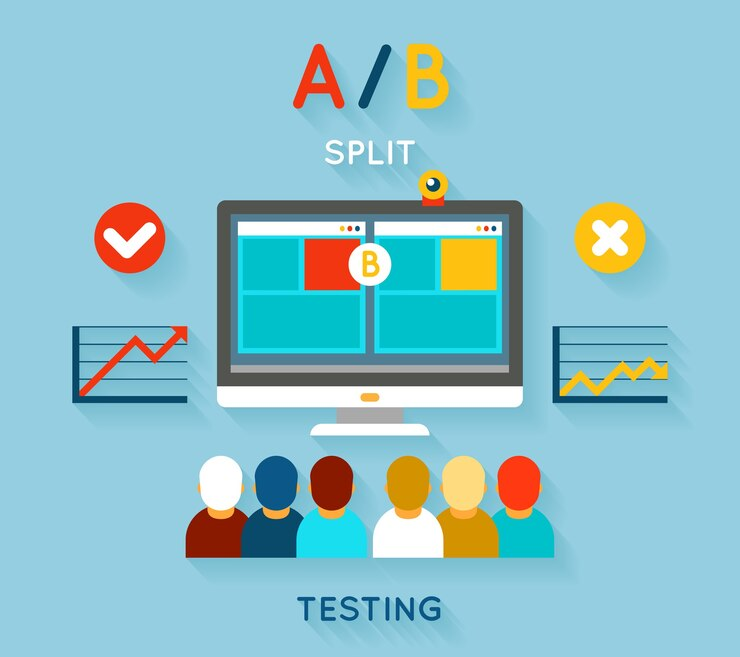
Strategic A/B Testing Approach:
- Prioritize tests based on impact potential: Focus on elements most likely to affect conversions.
- Test one element at a time: Isolate variables for clear results.
- Ensure statistical significance: Run tests until you have enough data to make confident decisions.
- Document everything: Keep detailed records of all tests and outcomes.
- Implement winning variations: Apply successful changes promptly.
- Plan continuous testing cycles: Always have the next test ready to launch.
Advanced Testing Methodologies:
- Multivariate testing: Test multiple variables simultaneously for complex pages
- Heat mapping analysis: Understand user interaction patterns
- User testing sessions: Gather qualitative feedback
- Segmentation testing: Test different versions for different audience segments
- Funnel analysis: Identify and address drop-off points
Recommended Testing Tools:
- Google Optimize (free)
- Optimizely (enterprise)
- VWO (Visual Website Optimizer)
- Hotjar for heat mapping and session recording
- Crazy Egg for scroll mapping
- Unbounce for landing page creation and testing
6. Using Multimedia to Enhance Engagement
Adding engaging visuals helps improve conversions by increasing engagement and comprehension. Here's how to use different media types effectively:
Illustrations & Graphics
Custom illustrations can simplify complex ideas and create a unique brand identity. They're particularly effective for abstract concepts or process explanations.
Effective Uses:
- Process flow diagrams
- Product feature showcases
- Comparison charts
- Benefit visualization
- Brand storytelling
Videos
Videos can explain your product/service quickly and effectively. They combine visual and auditory learning for maximum impact.
Types of High-Converting Videos:
- Explainer Videos: Brief overviews of your product/service (60-90 seconds)
- Testimonial Videos: Real customers sharing their experiences
- Product Demonstrations: Showing your offering in action
- Problem-Solution Videos: Addressing pain points and their solutions
- Behind-the-Scenes: Building trust through transparency
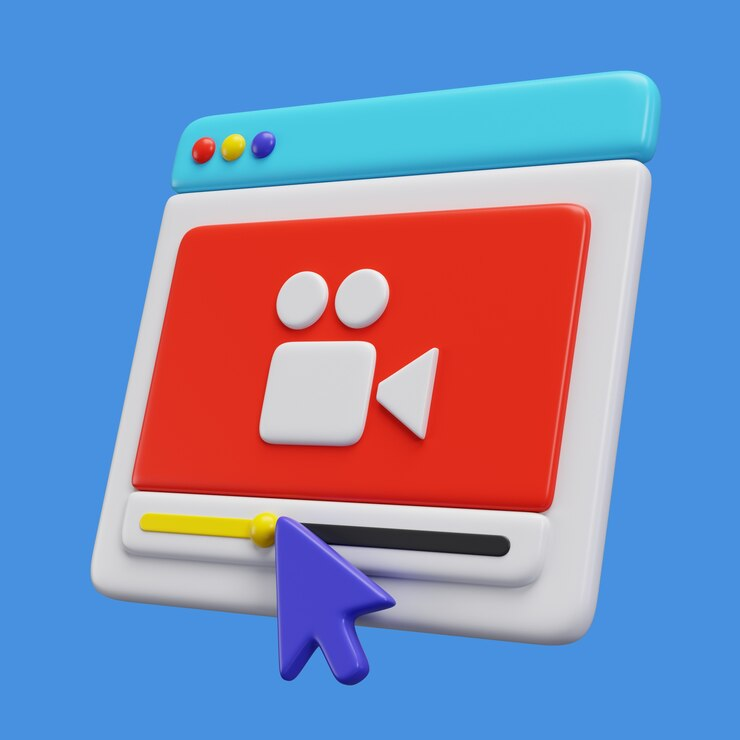
Infographics
Infographics make data visually appealing and easier to understand. They're excellent for presenting statistics, comparisons, or process flows.
Infographic Best Practices:
- Focus on a single main concept
- Use consistent visual language
- Include your branding elements
- Keep text concise and readable
- Use color to guide attention
- Create a logical information flow
Animated Elements
Subtle animations can guide user attention without being distracting. Used strategically, they improve engagement and highlight important elements.
Strategic Animation Uses:
- Highlight CTA buttons (subtle hover effects)
- Draw attention to key benefits
- Illustrate processes or transformations
- Create visual interest in scrolling
- Emphasize important statistics or numbers
- Guide users through multi-step forms
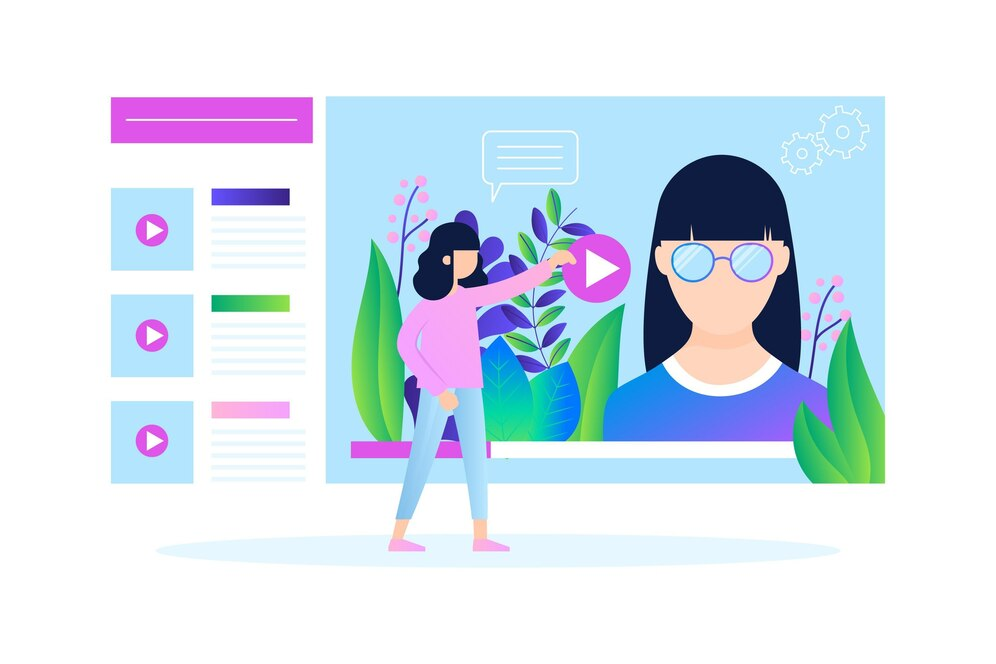
Interactive Elements
Interactive components engage visitors actively, increasing time on page and improving understanding of your offering.
Effective Interactive Elements:
- Calculators (ROI, savings, comparison)
- Product configurators or customizers
- Interactive demonstrations
- Quizzes or assessments
- Expandable information sections
- 360° product views
Tip: Choose high-quality, royalty-free images from Unsplash or Pexels to maintain a professional look. For more custom needs, consider Adobe Stock or Shutterstock for premium options.
7. The Power of Persuasive Copywriting
A landing page's success often depends on its copy. The right words can significantly impact conversion rates by creating emotional connections and addressing visitor needs.
Benefit-Focused Writing
Focus on benefits rather than features. Translate technical specifications into tangible advantages for the user.
Features vs. Benefits Example:
- Feature: "24/7 customer support"
- Benefit: "Get help exactly when you need it, any time of day or night, so you're never left struggling alone"

Powerful Sentence Structure
Use short, impactful sentences. Vary sentence length for rhythm, but favor brevity for key points.
Writing Techniques:
- Front-load important information
- Break complex ideas into digestible chunks
- Use bullet points for scannable content
- Include one idea per paragraph
- Create meaningful subheadings that tell a story
- Use transitional phrases to guide readers
Power Words and Phrases
Incorporate power words like "proven," "guaranteed," and "effortless" to trigger emotional responses. These words have been shown to increase engagement and conversions.
Categories of Power Words:
- Urgency: now, limited, hurry, deadline, immediately
- Exclusivity: exclusive, members-only, insider, private, select
- Simplicity: easy, simple, effortless, straightforward, intuitive
- Reassurance: guaranteed, proven, trusted, secure, risk-free
- Curiosity: discover, revealed, secret, unknown, surprising
Addressing Pain Points
Identify customer pain points and provide clear solutions. This creates an emotional connection and positions your offering as the answer to their problems.
Pain Point Addressing Framework:
- Acknowledge the specific problem
- Empathize with the frustration it causes
- Introduce your solution as the remedy
- Explain how it works
- Prove it with testimonials or data
- Reinforce with guarantee or risk reversal

Storytelling Elements
Use narrative techniques to engage visitors emotionally. Stories create connections and make your message more memorable.
Story Structures for Landing Pages:
- Before/After narratives
- Customer journey stories
- Origin stories (why your solution was created)
- Problem-solution-outcome frameworks
- Day-in-the-life scenarios with and without your solution
Personalization Techniques
Tailor content to specific audience segments when possible. Personalized landing pages convert significantly better than generic ones.
Personalization Opportunities:
- Industry-specific language and examples
- Location-based references
- Referral source acknowledgment
- Returning visitor recognition
- Behavior-based content adaptation
8. Technical SEO for Landing Pages
While landing pages are primarily designed for conversion, they should also be optimized for search engines when appropriate.
Balancing SEO and Conversion Goals
Your primary focus should be conversion, but incorporating SEO best practices can help drive organic traffic.
SEO Elements to Include:
- Relevant, targeted keywords in headlines and copy
- Optimized meta title and description
- Proper heading structure (H1, H2, etc.)
- Alt text for all images
- Schema markup when applicable
- Mobile optimization (already discussed)
- Page speed optimization (already discussed)
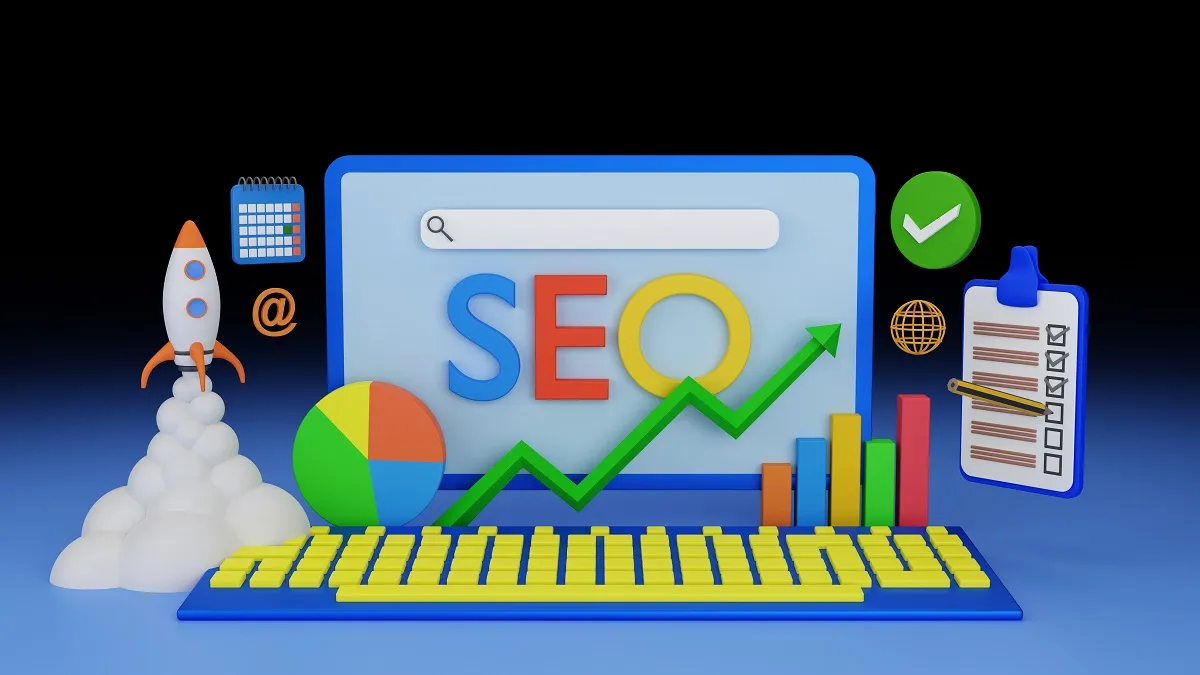
URL Structure Best Practices
Create clean, descriptive URLs that include your target keywords when possible.
URL Guidelines:
- Keep URLs short and descriptive
- Use hyphens to separate words
- Include primary keywords when relevant
- Avoid unnecessary parameters
- Create a logical directory structure
- Use HTTPS for security
Technical Optimization Checklist
Ensure your landing page meets these technical standards:
- Proper canonical tags (especially for multiple similar landing pages)
- Structured data implementation
- XML sitemap inclusion (for permanent landing pages)
- Proper indexing directives (index/noindex based on campaign needs)
- Cross-device and cross-browser compatibility
- Accessibility compliance (WCAG guidelines)
- Proper handling of dynamic content for SEO
9. Tracking Performance and Metrics
The key to an effective landing page is continuous optimization. Important KPIs to track:
Primary Conversion Metrics
- Conversion Rate: Percentage of visitors who complete the desired action
- Cost Per Conversion: Total campaign cost divided by number of conversions
- Form Completion Rate: Percentage of users who fill out a form
- CTA Click-Through Rate: Percentage of visitors who click your CTA
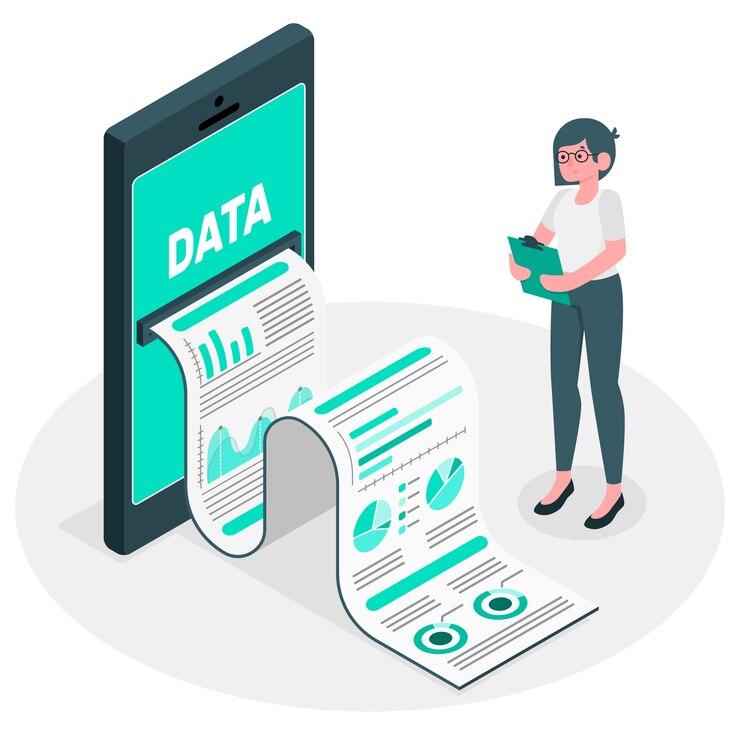
Engagement Metrics
- Bounce Rate: How many users leave without interacting
- Time on Page: Indicates engagement levels
- Scroll Depth: How far down the page visitors scroll
- Interaction Rate: Percentage of visitors who interact with page elements
- Video Completion Rate: For pages with video content
Advanced Analytics Approaches
- Conversion Path Analysis: Understanding the steps leading to conversion
- Attribution Modeling: Assigning value to different touchpoints
- Cohort Analysis: Tracking behavior of specific user groups over time
- Segmentation Analysis: Comparing performance across different audience segments
- Funnel Visualization: Identifying drop-off points in multi-step processes
Recommended Analytics Tools
- Google Analytics 4 (free)
- Google Tag Manager (free)
- Hotjar (heatmaps and session recordings)
- Mixpanel (event-based analytics)
- Amplitude (product analytics)
- Segment (customer data platform)

10. Integration with Marketing Automation
Connect your landing page with marketing automation systems to nurture leads and improve overall campaign effectiveness.
Lead Nurturing Workflows
Design automated email sequences to engage with leads after they convert on your landing page.
Effective Lead Nurturing Strategies:
- Welcome sequences introducing your brand
- Educational content series addressing common questions
- Case study and social proof emails
- Objection-handling sequences
- Re-engagement campaigns for inactive leads
CRM Integration
Ensure conversion data flows seamlessly into your customer relationship management system.
Key Integration Points:
- Automatic lead creation in CRM
- Lead scoring implementation
- Sales notification for high-value conversions
- Conversation history tracking
- Custom field mapping

Retargeting Strategies
Set up pixel tracking for visitors who don't convert to re-engage them through advertising platforms.
Retargeting Best Practices:
- Create segment-specific ad messaging
- Develop ad creative addressing common objections
- Set appropriate frequency caps
- Implement exclusion periods for recent converters
- Create sequential retargeting experiences
Conclusion
Creating a high-converting landing page requires strategic design, persuasive messaging, and ongoing testing. It's both an art and a science that combines creativity with data-driven decision-making.
By implementing the techniques outlined in this comprehensive guide, you can build landing pages that not only attract visitors but also convert them into loyal customers. Remember that optimization is an ongoing process—continue testing, learning, and refining your approach based on performance data.
Key Takeaways:
- Focus on a single conversion goal for each landing page
- Use psychology-based persuasion techniques
- Optimize for both desktop and mobile experiences
- Create compelling, benefit-focused copy
- Leverage multimedia elements strategically
- Test systematically and continuously
- Track and analyze performance metrics
- Integrate with your broader marketing ecosystem
👉 **Start optimizing your landing pages today and watch your conversions soar! Book a free strategy call






